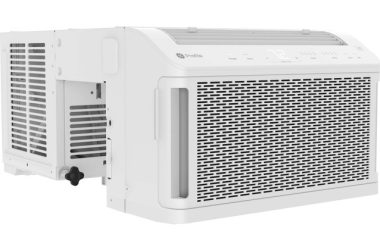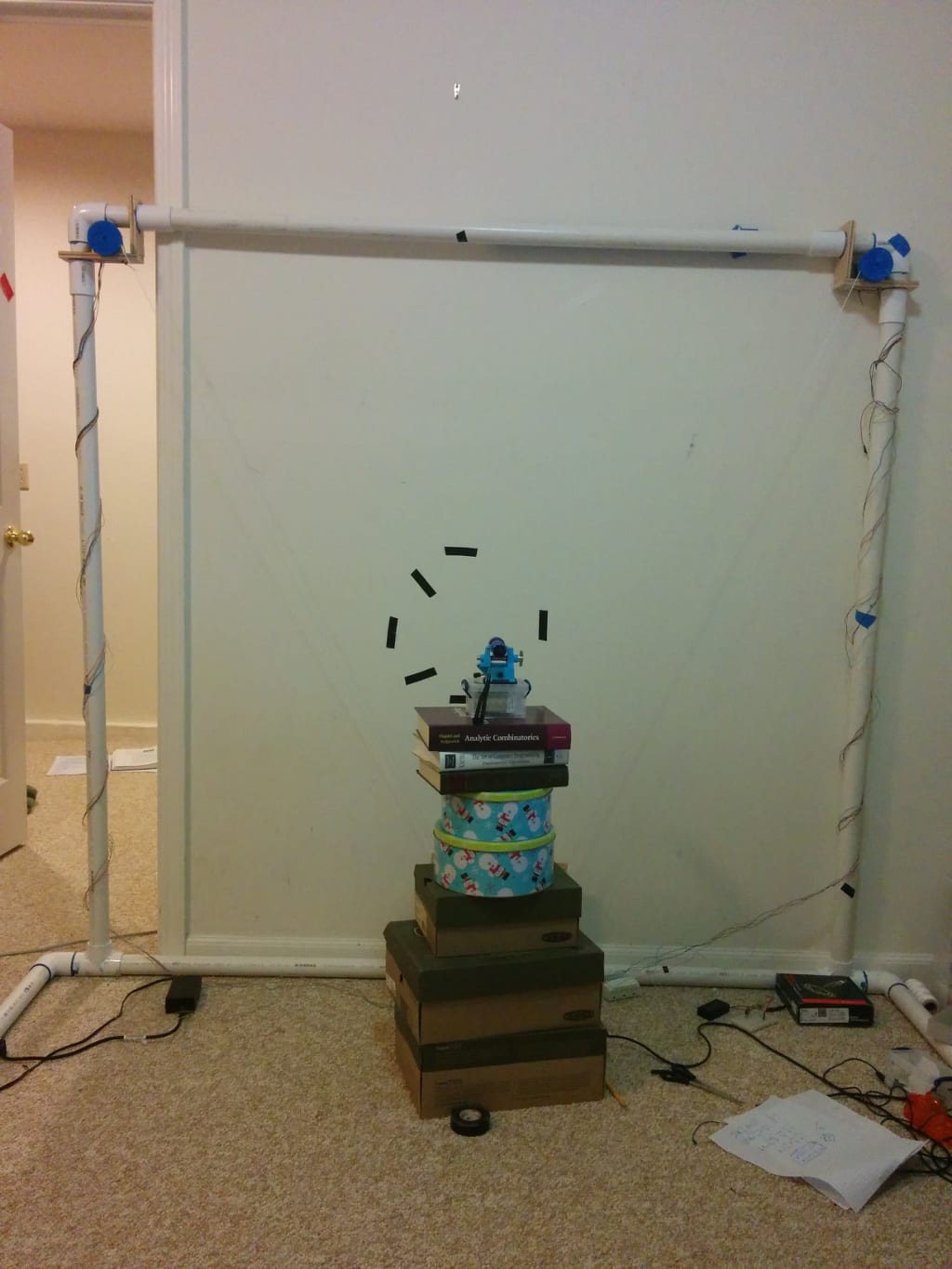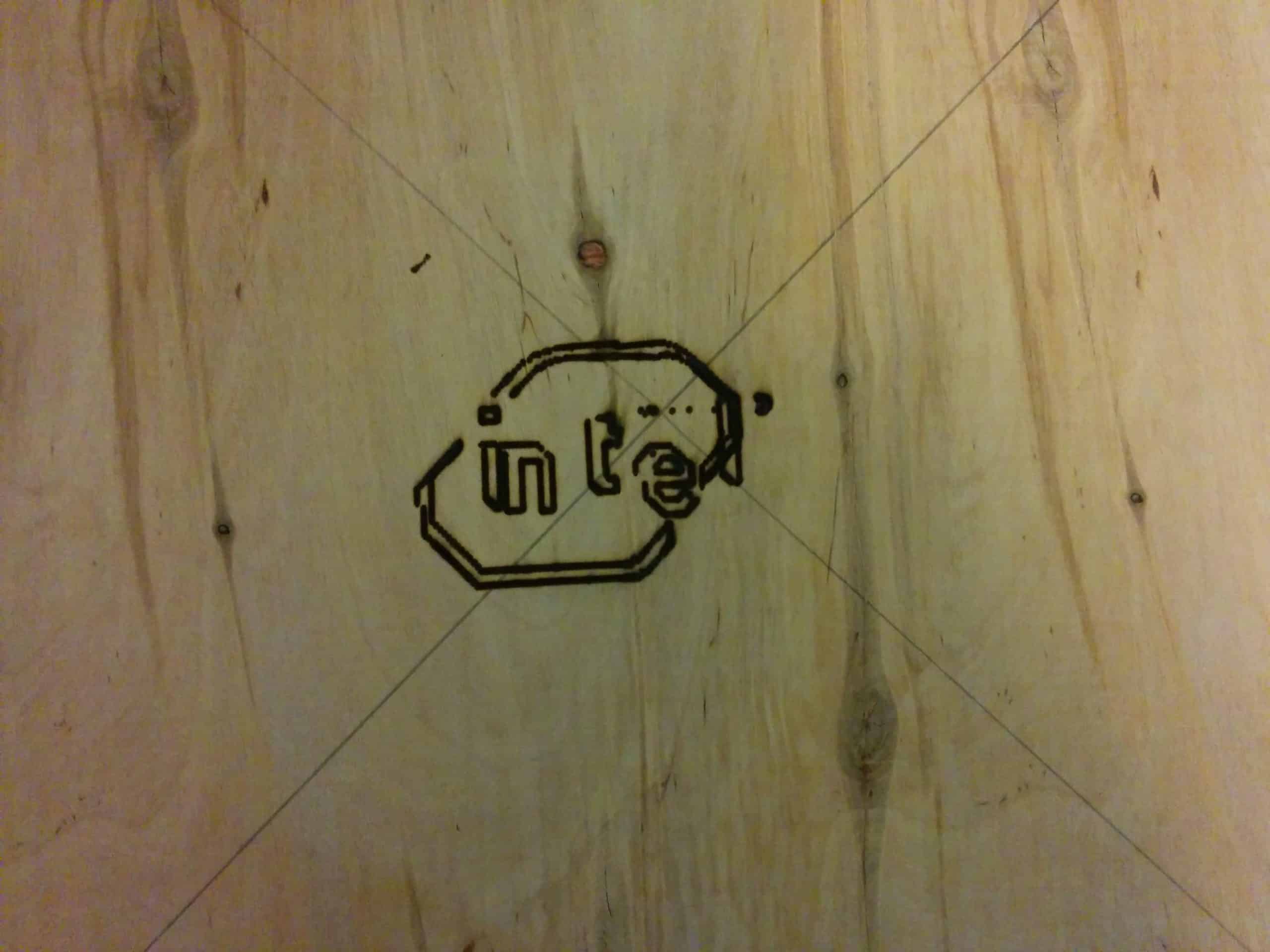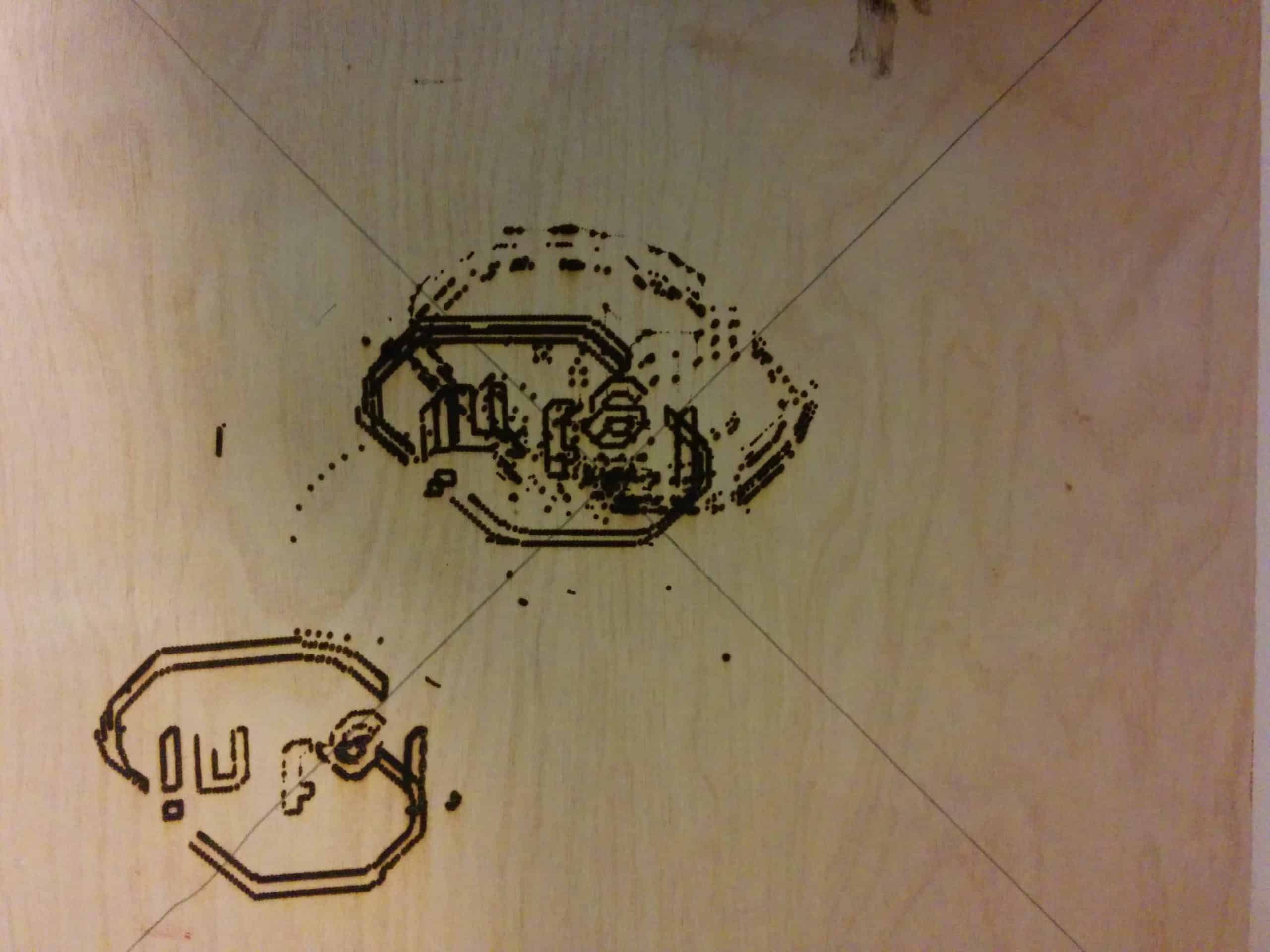Project Description
The LazerEtch is a DIY laser etching device that can create a wood-burning of any digital image using a laser. Users can connect to it via the Internet and select an image they would like to etch. Using an Intel Galileo and an Arduino, the image is uploaded and converted to grey-scale. A laser etches the patterns from the processed image into a sheet of wood, which is shifted around by a frame with stepper motors. The developers estimated the cost of this device to be in the sub-$200 USD range.
Operation
First, a wooden board of set dimensions is hung from two strings to the frame of the etcher. An image is fed into the Galileo and is converted to greyscale. The greyscale image is created using an algorithm that averages out the RGB intensities for each pixel. Next, the picture is put through an edge detection filter. The Galileo then analyzes the filtered image with a math model run on Wolfram Mathematica and GAMS and outputs directions for the stepper motors to move.
These allow for the curves of the image to be precisely burned into their corresponding positions on the board. To account for different shades of the greyscale image, the laser intensity is adjusted accordingly using pulse width modulation (PWM). Pulse width modulation is one of the most efficient ways to control the power supply of a variety of technologies.
Results
Parts/Materials Required
-
Intel Galileo.
-
Arduino.
-
PVC Pipes.
-
2 Stepper motors w/ drivers.
-
1.7 Watt Laser w/ power supply.
-
GAMS.
-
Wolfram Mathematica.
The Developers And Their Biographies
Saul Fuhrmann is a freelance inventor whose interests include electronics, image and signal processing, mathematics, and robotics. In his spare time he enjoys juggling and blue grass music. You can reach Saul at: frmsaul@gmail.com.
Michael Wang is a senior at Cupertino High School whose interests include laser technology, chemistry, and robotics. In his spare time, he enjoys blowing things up with thermite and lasers.
Brainstorm Project: Home







